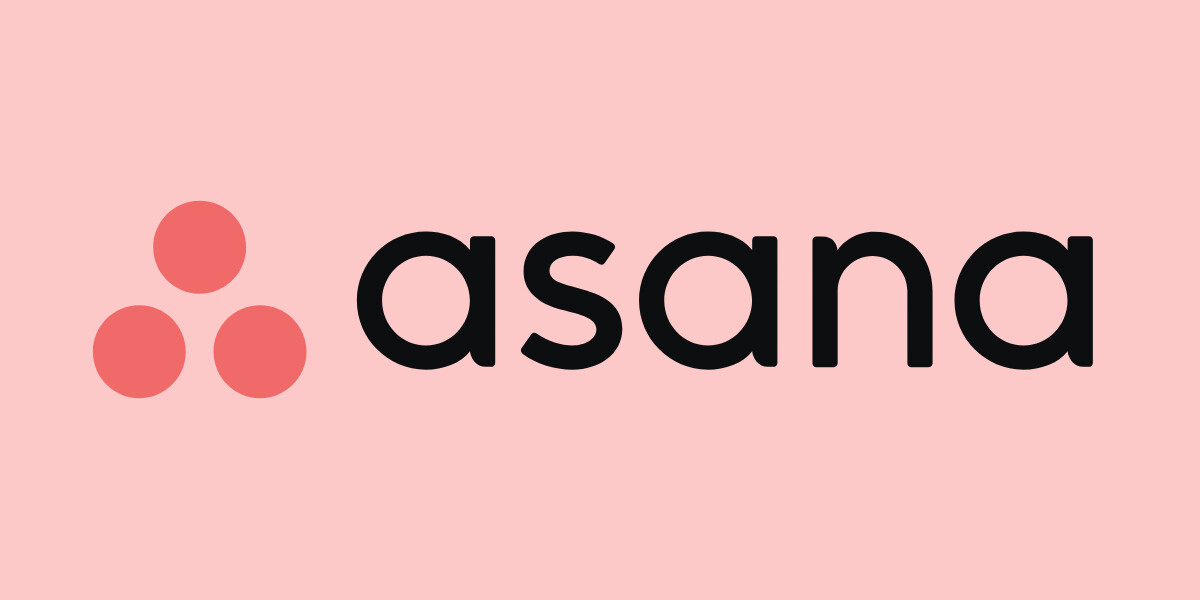
Asana – A Better Whiteboard
The buzz on Asana has been deafening, but the verdict is in: it’s one of the finest group task and project management apps around, filling in a growing niche for mobile workplaces.
There are to-do apps for every mobile platform, but one thing’s often missing: they work for one person, and making them work with a group turns into an unwieldy tangle of e-mail, texts and notifications. That’s a problem as people become increasingly mobile. Half of U.S. workers telecommute at least part of their work week, according to Cisco, so organizing and tracking your team is becoming increasingly vital across different platforms.
What’s the App?
Asana connects you and your team to what’s going on, the priorities and who’s responsible for them. The free app, long available on iOS but newly arrived on Android, isn’t a small-scale, fly-by-night operation, but the brainchild of Facebook founder Dustin Moskowitz, who started it as a side project while he was at the social network. The big promise is that it will cut the number of e-mails in your inbox, centering your workflow on tasks, not messages.
On first glance, Asana doesn’t seem as robust as it is. It’s clean and lightweight, with an elegantly spare interface. But once you sign up through the app, you’ll also get access to a Web version of the service. Then you can create “workspaces” for personal projects, for instance, as well as for your household, hobby groups, clubs or family.
You can organize not just your business, but your personal life as well, keeping everything in one place. The service is versatile enough to adapt to a variety of work situations, whether it’s customer service or tracking job applicants.
Collaboration and Membership
You can add “members” to those workspaces — up to 30 for free — giving everyone the ability to edit, add, follow and update tasks and projects. Unfortunately, you can’t manage upper-level organizational tasks like creating and managing workspaces through the app. But those are best handled through the website, anyway, which is just as clean and easy on the eyes as the app.
Task Management
With a simple touch of a blue button at the top of the screen, you can add a task in a cinch. You can also tag tasks, assign them to team members, put them in project folders, add notes and “follow” them — a nice feature that lets you track updates to items, even if you’re not directly involved. If a task changes status, it’ll send you a message in the app inbox, reducing the clutter from outside messages sent.
Asana is nicely contained in one place. The interface lets you organize projects without the need to ping team members with distracting e-mails and messages. But the number of features and the levels of organizations makes navigation a little tricky, especially if you have multiple workspaces and projects. Once you’ve tuned into its method, though, it’s easy to make it work for you.
Productivity Hub
You need a simple solution to help manage your complex projects — and you don’t want to burden your already overflowing inbox to do it. Asana creates a nice hub of productivity that pulls everything into one place. It manages a nice balance between powerful features and a lightweight look-and-feel, and many teams will find it easy to integrate into their daily workflow.
Strengths and Weaknesses
Asana is well-designed and free, which is great for cash-strapped small teams and businesses. But it has its flaws: managing projects can be tricky, such as reassigning them to a different workplace. Sometimes the workspace method is too rigid too, and there’s no view in the app where you can see all your upcoming tasks in one place, no matter what workspace they’re assigned. Many users also complain about the lack of offline access. Both the app and the website needs an Internet or cellular connection to see data, limiting its overall usefulness.
If you want a looser service, one that takes into account different communication and organizational styles, Flow is a better option. Aside from project management, it also integrates with social media — but it’s a fee-based service. The truth is, the mobile workplace is still evolving at a rapid rate, and you need to carefully consider what services and apps you’ll need to stay productive and organized.

